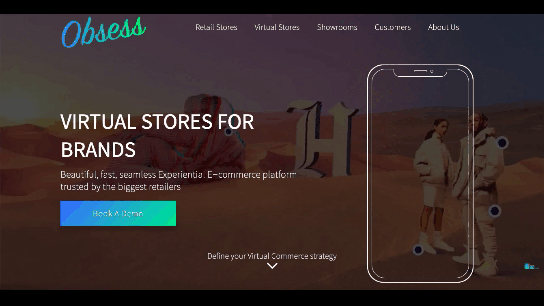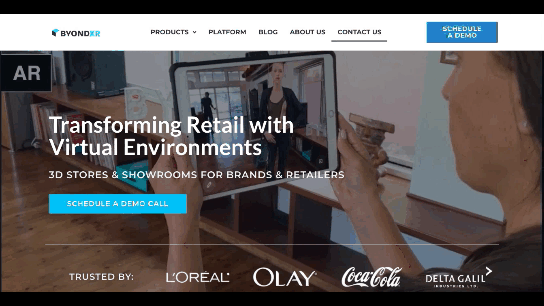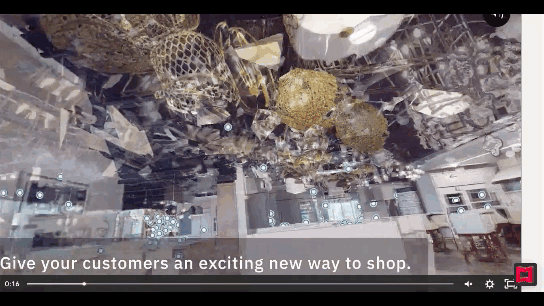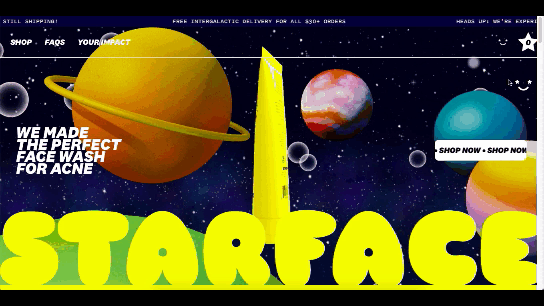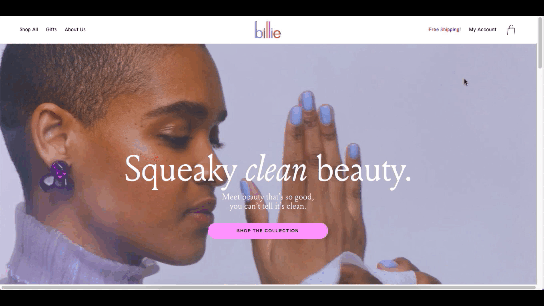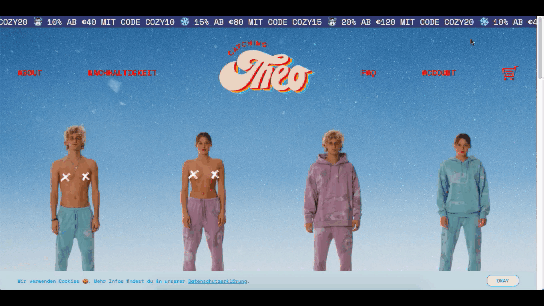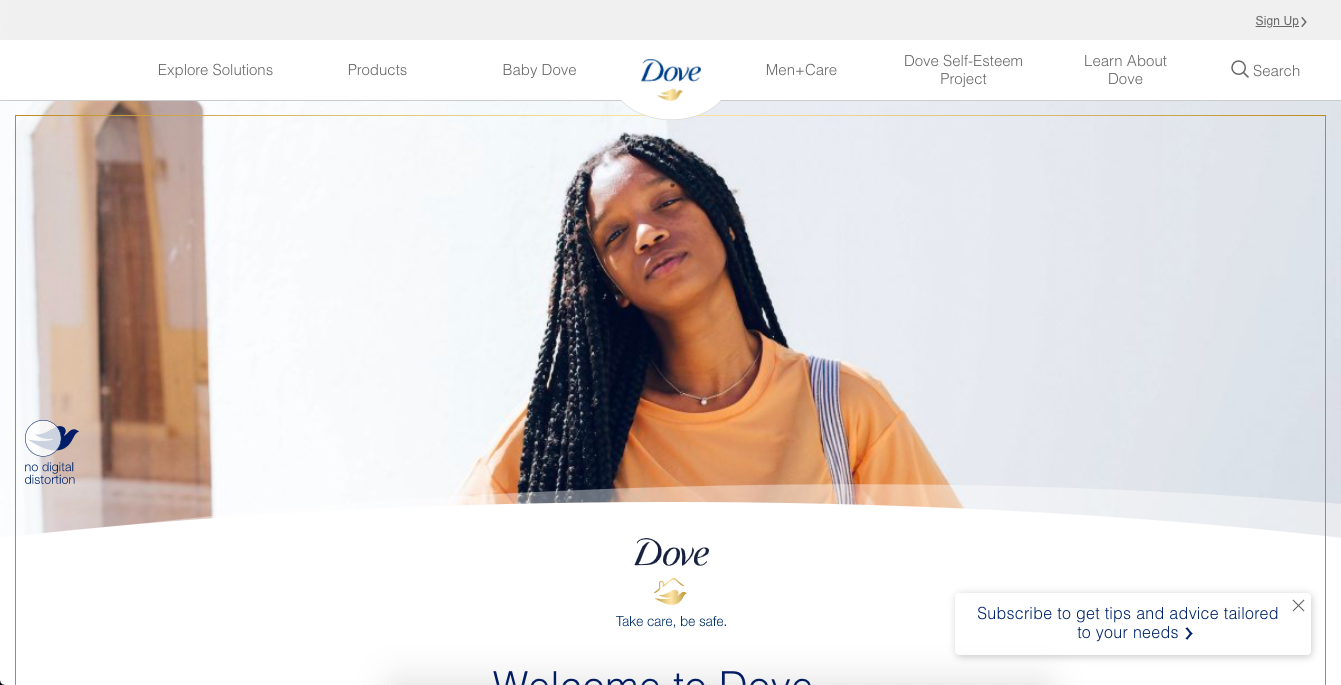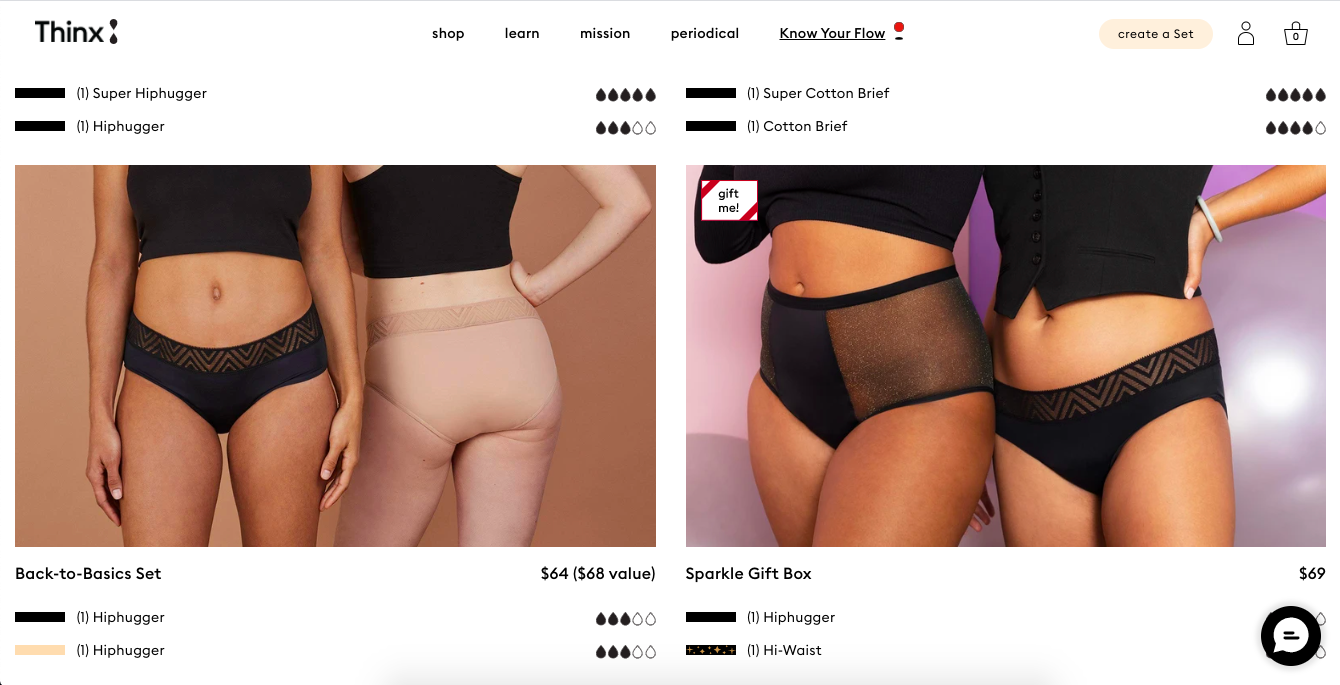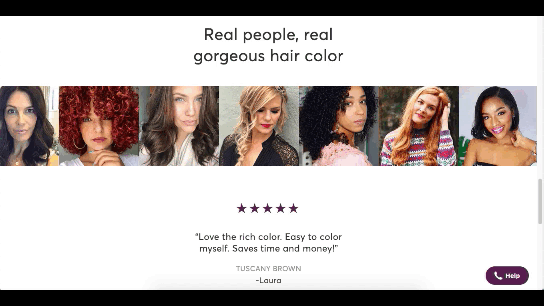Depuis 2017, la fondation de SAP poursuit sa démarche de mentoring social et renouvelle cette année son accompagnement pour la 6ème fois avec programme Test & Learn de l’incubateur de startups sociales de makesense partenaire de la Fondation SAP France. Pendant 3 mois, d’octobre à décembre, une trentaine de collaborateurs bénévoles de SAP en France s’engagent à soutenir 7 startups “early stage” via un programme de mécénat de compétences.
Un accompagnement d’experts en soutien au développement des startups
A cette occasion, un groupe de collaborateurs bénévoles de SAP France accompagnera les startups sociales sélectionnées sur un volet technologique précis, afin de les aider à tirer le meilleur de leur phase de prototypage. L’objectif ? Qu’elles puissent consolider leur business model grâce au catalyseur de compétences que représente SAP.
La particularité de cette promotion se trouve dans les différents niveaux de maturité des startups : des projets jeunes, qui ont besoin de soutien pour se positionner sur leurs marchés. Ainsi, les mentors SAP les accompagnent, les challengent et affinent leurs projets afin de les aider dans la transformation d’idées en projets viables.
1 entrepreneur mentoré sur 2 estime que l’apport de SAP est déterminant dans son prototypage ou dans l’identification des besoins de compétences pour sa startup. 30% d’entre eux estiment avoir progressé en communication ou marketing grâce à l’accompagnement des collaborateurs SAP et 25% affirment que le mentoring leur a permis d’obtenir un partenariat commercial ou stratégique.
« Ce programme est une fierté pour SAP. Il en va de notre responsabilité d’acteur installé de la Tech d’accompagner des projets innovants et des équipes motivées. Plus que jamais nous sommes prêts à apporter notre expertise sur des idées allant dans le sens du progrès social ou environnemental. L’engagement des collaborateurs SAP pour participer à ce programme de mécénat de compétences est toujours plus grand et je suis très fier de voir nos équipes se mobiliser pour le progrès », déclare Frédéric Chauviré, Directeur Général SAP France.
Pour la première fois, la Fondation SAP France propose d’accompagner des entrepreneurs sociaux de deux associations partenaires et avec plusieurs niveaux de maturité pour coller aux aspirations et mobiliser un maximum de collaborateurs autour du projet :
- 3 projets du programme Test & Learn de makesense, en phase de déploiement.
- 2 projets du programme Les Ambitieuses de La Ruche en phase de déploiement. En tant que partenaire engagé en faveur de l’entrepreneuriat Tech au féminin, SAP France confirme son ambition de réduire les inégalités femmes/hommes au sein du secteur des nouvelles technologies.
- Et 2 projets du programme Sprint de makesense, en phase de prototypage.
Des startups reconnues pour leur impact social et environnemental
Les 7 startups qui composent cette 8ème promotion, sélectionnées par makesense, La Ruche et la Fondation SAP France, font partie de Tech For Good. Pendant 3 mois, elles seront suivies par 4 à 5 collaborateurs SAP :
- Tangata : Acteur de l’accompagnement des référents en entreprise afin d’identifier rapidement des solutions en faveur de leur politique d’inclusion.
- Transonore : Podcast de proximité pour favoriser l’expression et l’inclusion grâce au reportage radio et à l’Economie Sociale et Solidaire.
- Refunk : Transformation les vêtements en nouvelles pièces en favorisant l’insertion professionnelle par la créativité et la confection textile au sein du 93.
- Green City : Conception de solutions low tech et smart visant à supprimer la pollution marine issue de la terre, et notamment D’Rain, une technologie brevetée qui capte les déchets avant qu’ils n’atteignent la mer, là où ils se concentrent, à la sortie des exutoires d’eaux pluviales et qui collecte des données sur la qualité de l’eau.
- Les Apprêtés : 1er service éco-responsable de location de vêtements et accessoires de marques éthiques, pour hommes et femmes.
- Bon Week : le voyage « lowcal », partir en week-end à côté de chez soi pour soutenir le patrimoine local, l’économie locale
- So/co : un studio d’impact social favorisant les synergies entre entreprises et associations.
« Ma mission est de développer les synergies entre les associations et les entreprises car je suis persuadé qu’ensemble, ces deux acteurs ont le pouvoir de changer notre société. L’accompagnement de SAP est une opportunité extraordinaire car il va me permettre de tester mon offre auprès d’un grand Groupe, et co-construire ma solution grâce au soutien des collaborateurs. Je réfléchis notamment au développement d’une plateforme digitale, un sujet sur lequel SAP possède une grande expertise. Cette collaboration va donc me permettre d’augmenter considérablement mon impact ! » Victor Cœur, co-fondateur So/co
« Le programme de mentoring SAP, c’est l’opportunité d’être challengé et de bénéficier des conseils de mentors aux expertises variées pour optimiser notre parcours utilisateur. » Anne Claire Chanvin, co-fondatrice Les Apprêtés.
L’implication de SAP dans ce partenariat permet au leader des progiciels européen, d’avoir à la fois un fort impact externe auprès de l’écosystème des startups, ainsi qu’un impact en interne en créant une expérience collaborateur unique. L’initiative fournit en effet aux collaborateurs SAP des opportunités de développement et en même temps libère leur potentiel.
A travers sa Fondation SAP France, SAP s’engage activement pour l’essor de l’entreprenariat social en France. Grace à ses 5 partenariats associatifs pour soutenir la cause « Entreprendre autrement », ce sont près de 70 startups chaque année, qui bénéficient du mécénat de compétence spécialisé de 150 collaborateurs SAP. En effet, en parallèle de l’engagement de SAP aux côtés de makesense et de La Ruche, on retrouve au sein de l’écosystème, Enactus, les Déterminés et Entreprendre dans la Ville. Ces acteurs de l’ESS en France permettent à SAP d’impacter le plus grand nombre de porteurs de projets sociaux de toutes générations et horizons.
À propos de SAP
La stratégie de SAP vise à aider chaque organisation à fonctionner en “entreprise intelligente”. En tant que leader du marché des logiciels d’application d’entreprise, nous aidons les entreprises de toutes tailles et de tous secteurs à opérer au mieux : 77 % des transactions commerciales mondiales entrent en contact avec un système SAP®. Nos technologies de Machine Learning, d’Internet des objets (IoT) et d’analytique avancées aident nos clients à transformer leurs activités en “entreprises intelligentes”. SAP permet aux personnes et aux organisations d’avoir une vision approfondie de leur business et favorise la collaboration afin qu’elles puissent garder une longueur d’avance sur leurs concurrents. Nous simplifions la technologie afin que les entreprises puissent utiliser nos logiciels comme elles le souhaitent – sans interruption. Notre suite d’applications et de services de bout en bout permet aux clients privés et publics de 25 secteurs d’activité dans le monde de fonctionner de manière rentable, de s’adapter en permanence et de faire la différence. Avec son réseau mondial de clients, partenaires, employés et leaders d’opinion, SAP aide le monde à mieux fonctionner et à améliorer la vie de chacun.
Pour plus d’informations, visitez le site www.sap.com.
Contacts presse SAP
Mathilde Thireau : mathilde.thireau@publicisconsultants.com
Robin Legros : robin.legros@publicisconsultants.com
SAP News Center. Suivez SAP sur Twitter : @SAPNews.
Veuillez tenir compte de notre politique de confidentialité. Si vous avez reçu cette alerte de presse dans votre courriel et que vous souhaitez vous désabonner de notre liste d’envoi, veuillez communiquer avec presse-sap@publicisconsultants.com et écrire Désabonnement dans la ligne Objet.
The post SAP réitère son engagement envers l’entrepreneuriat social en accompagnant sa 3ème Promotion 2021 avec les incubateurs makesense France et La Ruche appeared first on SAP France News.

 Feedback is one of the most valuable resources for any business. Informative messages from your customers can tell you a lot about your company. They’re a way to check that your service strategies are paying off and a chance to learn which parts of your product need an upgrade.
Feedback is one of the most valuable resources for any business. Informative messages from your customers can tell you a lot about your company. They’re a way to check that your service strategies are paying off and a chance to learn which parts of your product need an upgrade.










 Content is the king of the digital world. This is an undisputed fact among
Content is the king of the digital world. This is an undisputed fact among 


 Every day design fans submit incredible industry stories to our sister-site,
Every day design fans submit incredible industry stories to our sister-site, 










 Every designer has their own preferred strategy for collecting resources. Some pluck brushes, fonts, and templates from different “stock photo sites” and public marketplaces. Others collect graphics from swipe files and forums around the web.
Every designer has their own preferred strategy for collecting resources. Some pluck brushes, fonts, and templates from different “stock photo sites” and public marketplaces. Others collect graphics from swipe files and forums around the web.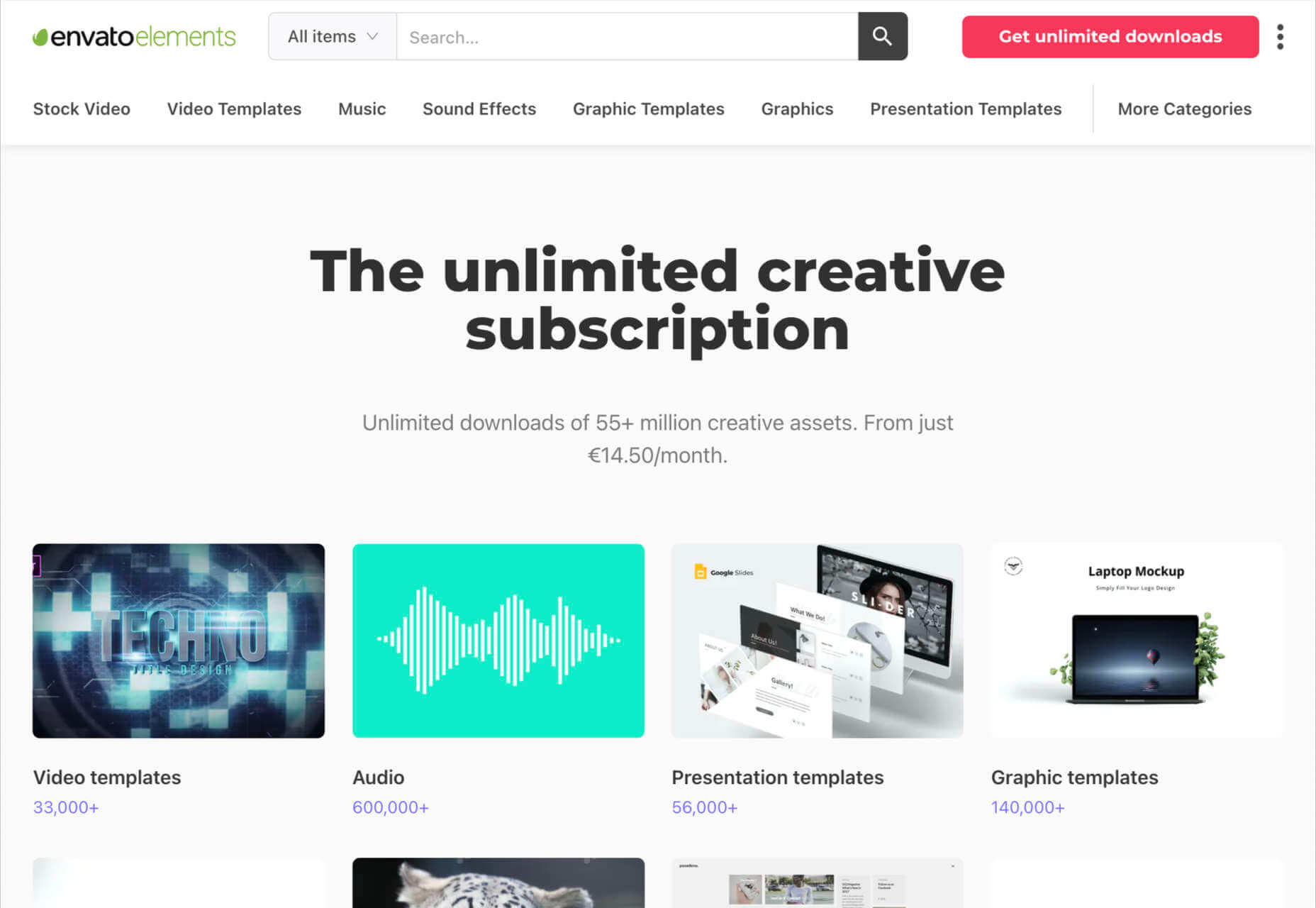
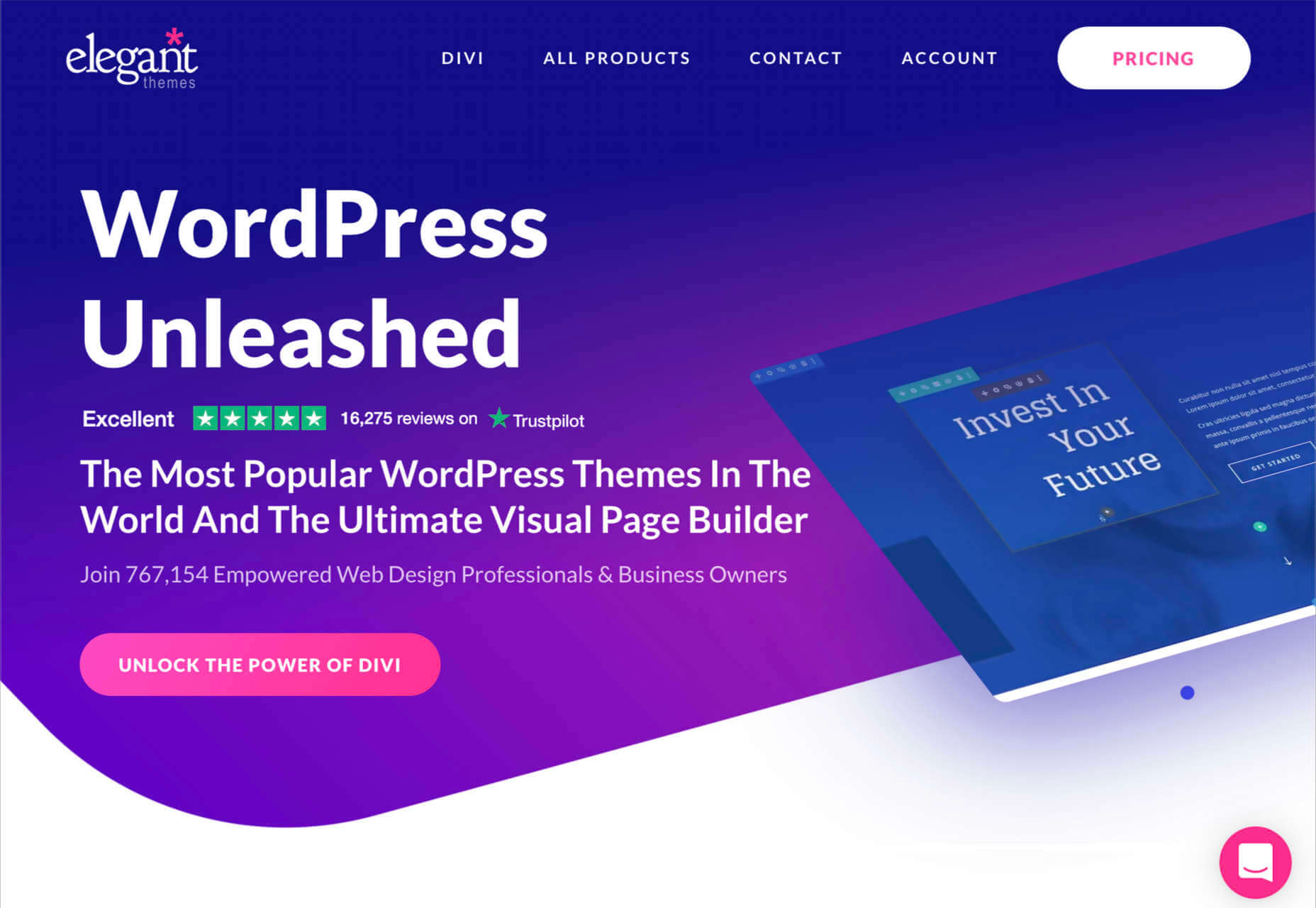
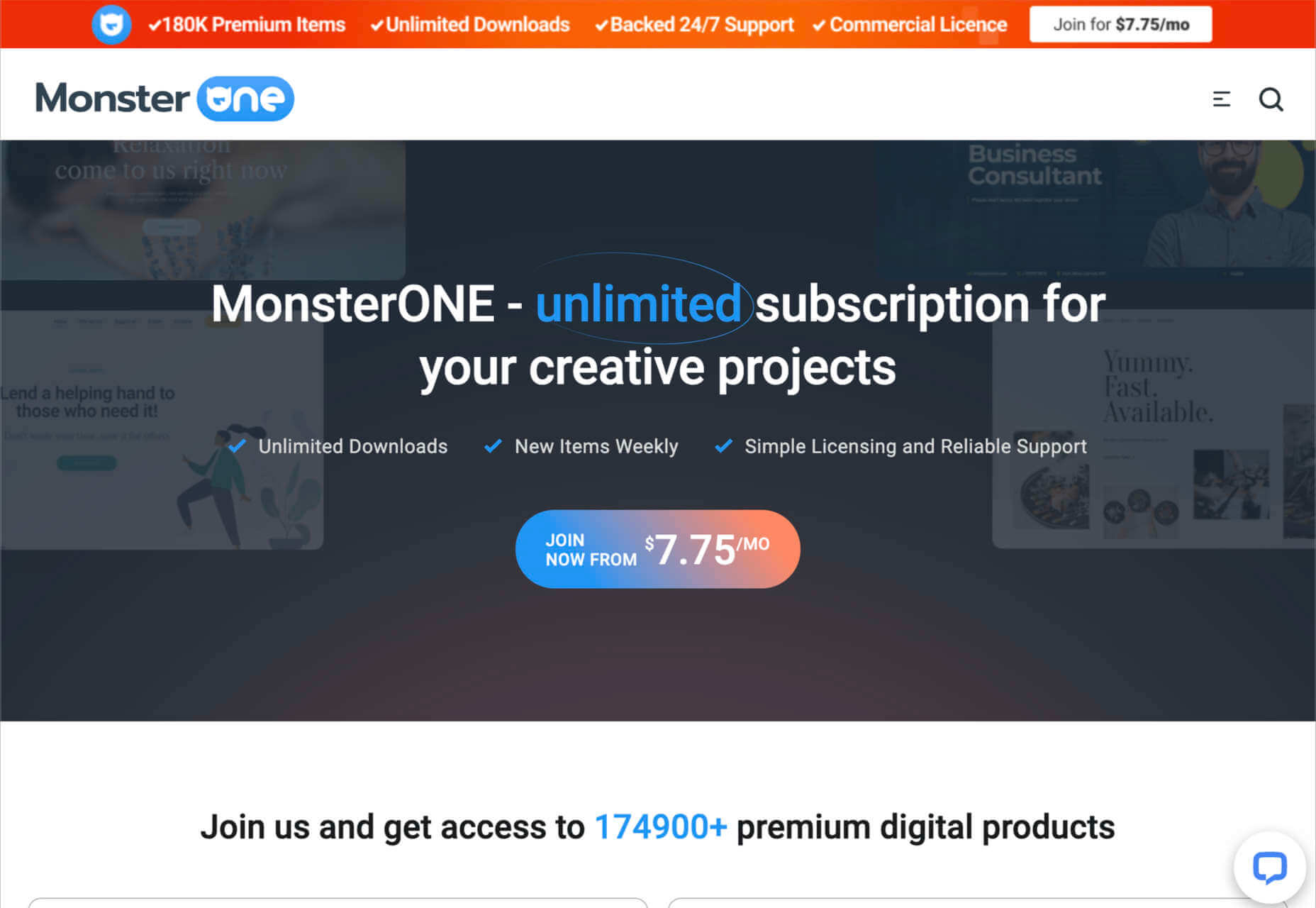

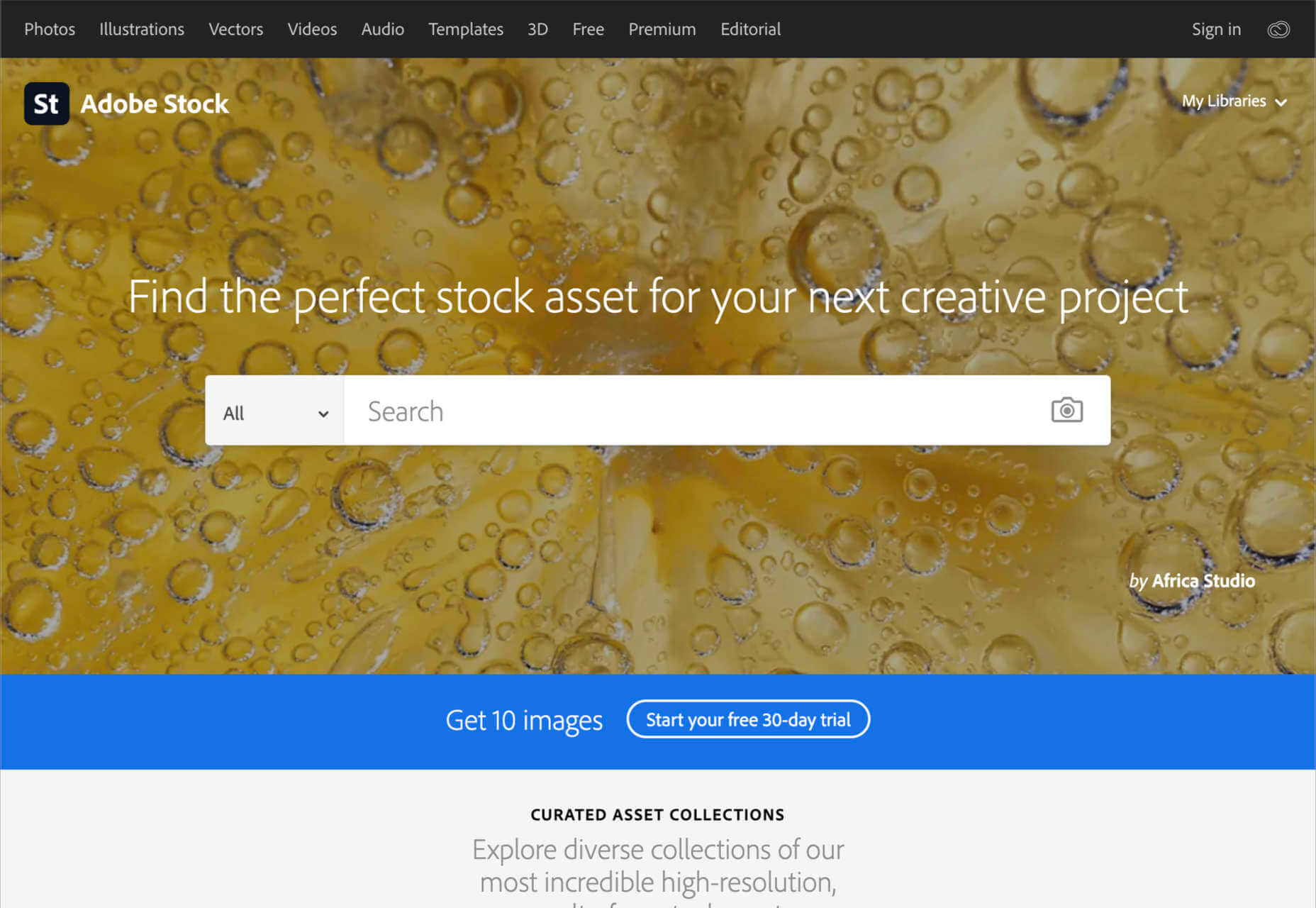
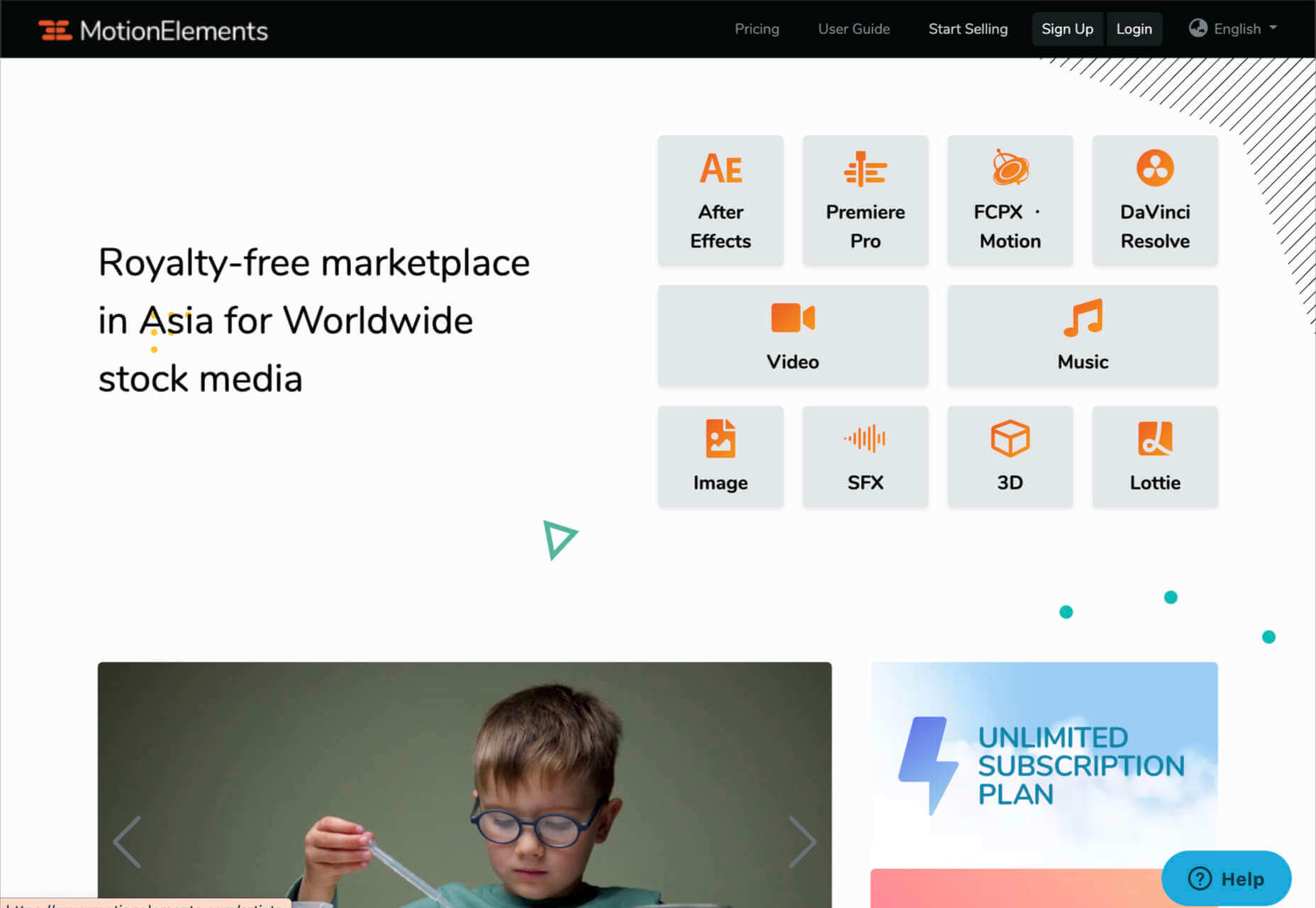
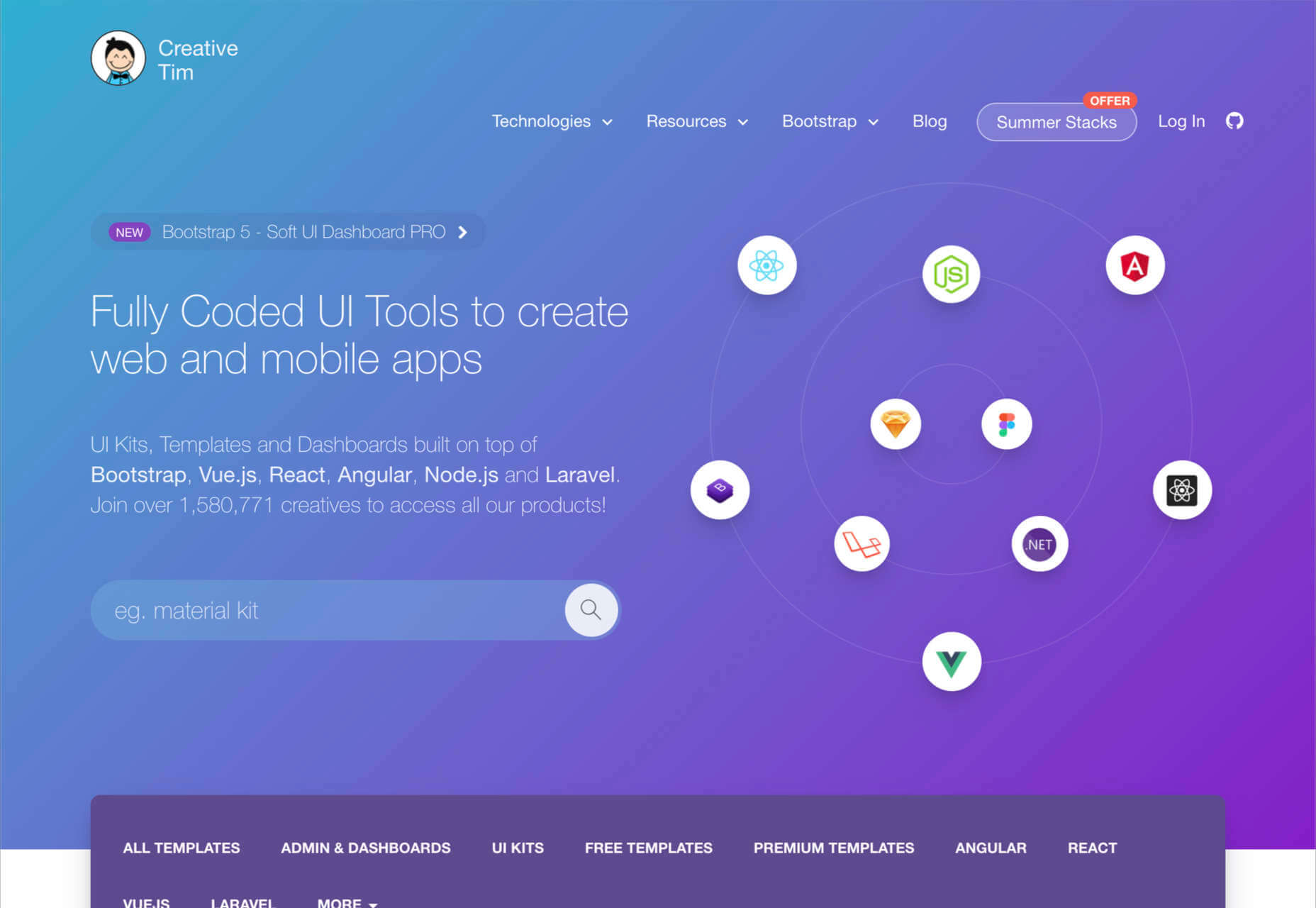
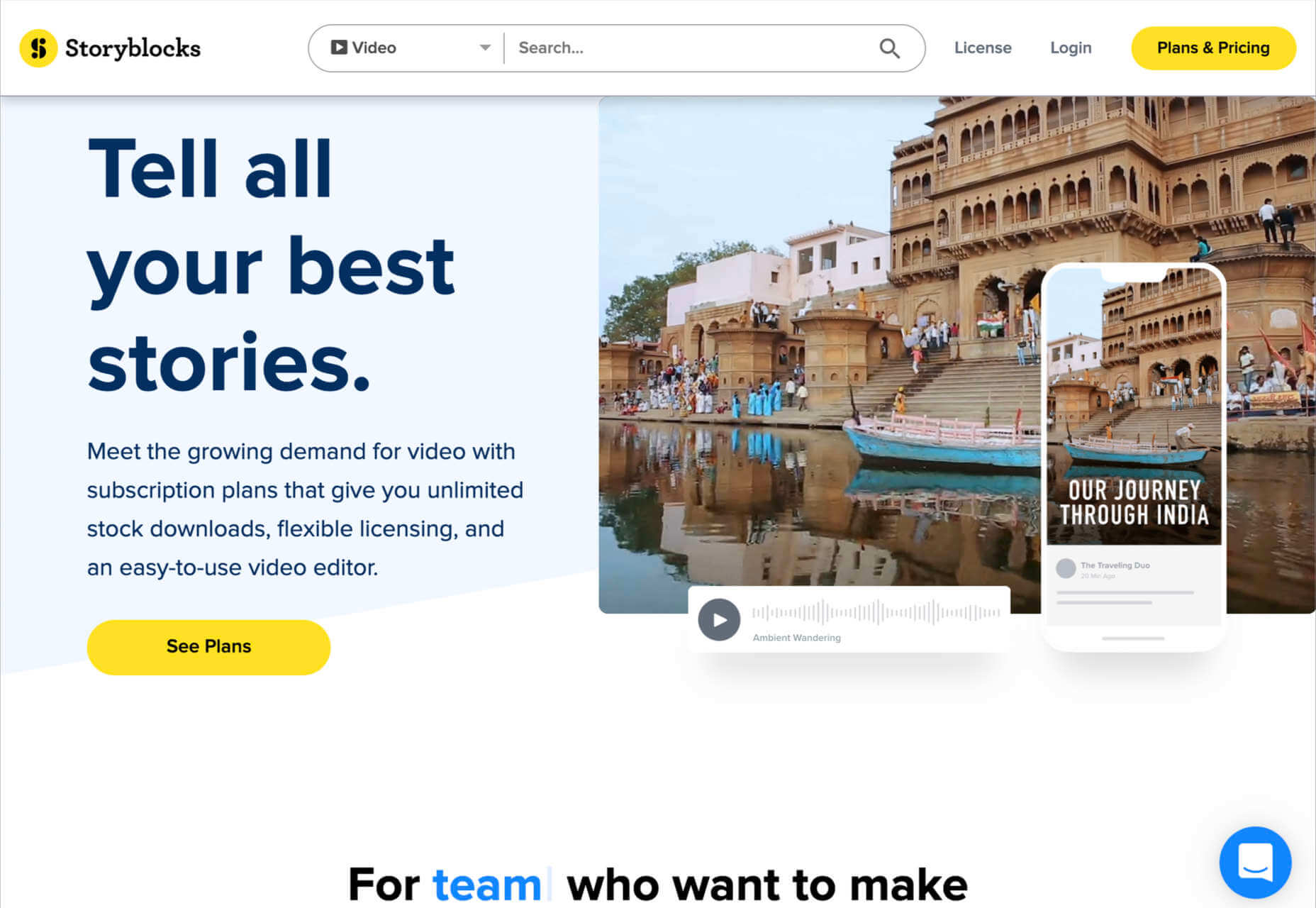
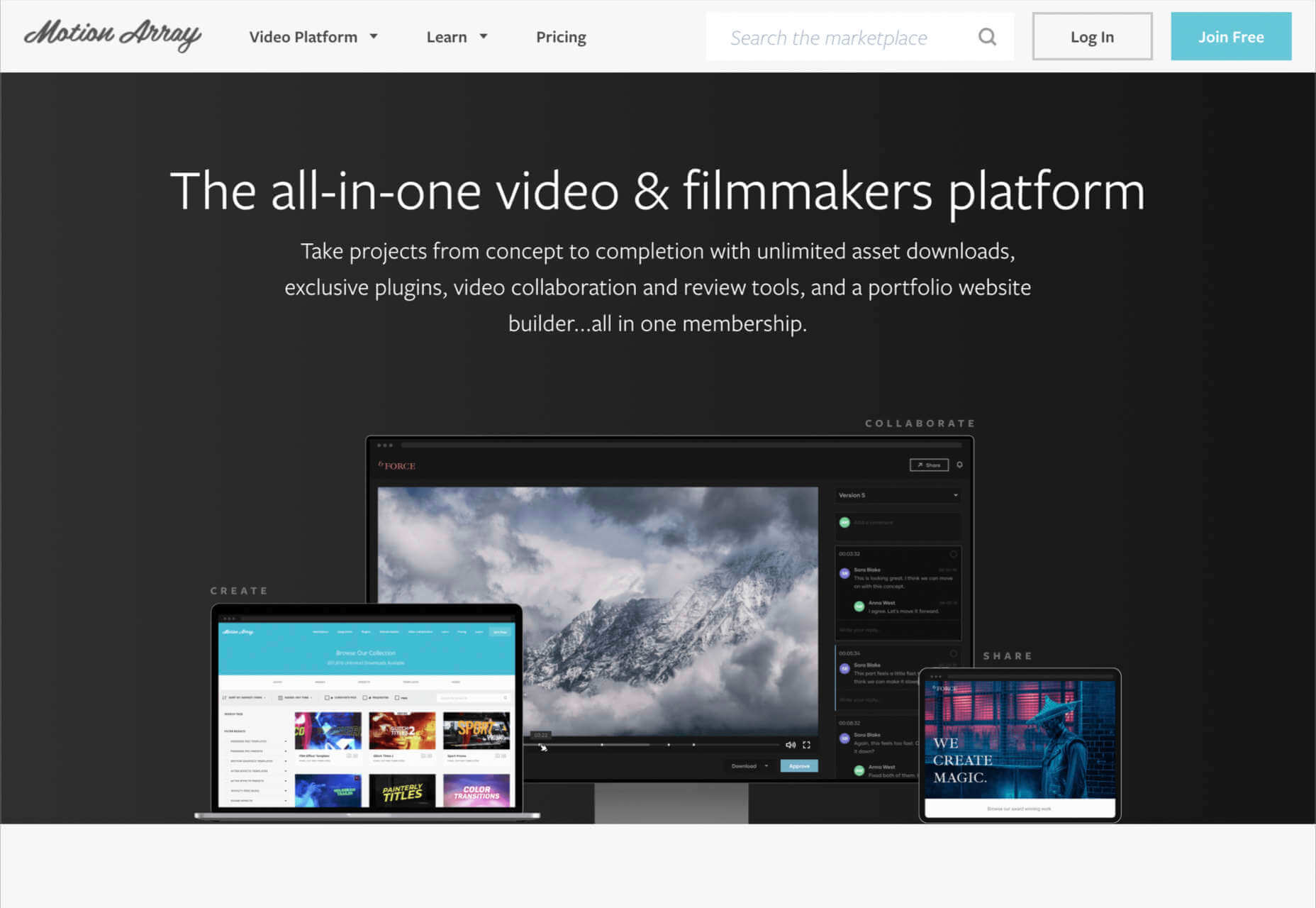

 Ten years ago, people began talking about the “Independent Web.” Although we don’t commonly use the term anymore, that doesn’t mean that it’s not still as vital a topic of discussion today as it was a decade ago.
Ten years ago, people began talking about the “Independent Web.” Although we don’t commonly use the term anymore, that doesn’t mean that it’s not still as vital a topic of discussion today as it was a decade ago.
 When photographers take images to sell commercially, like every other business, they want to maximize their returns, so they adapt their ideas to meet commercial trends. As a result, stock always looks like stock, and that minor deception introduces a small amount of doubt in users.
When photographers take images to sell commercially, like every other business, they want to maximize their returns, so they adapt their ideas to meet commercial trends. As a result, stock always looks like stock, and that minor deception introduces a small amount of doubt in users.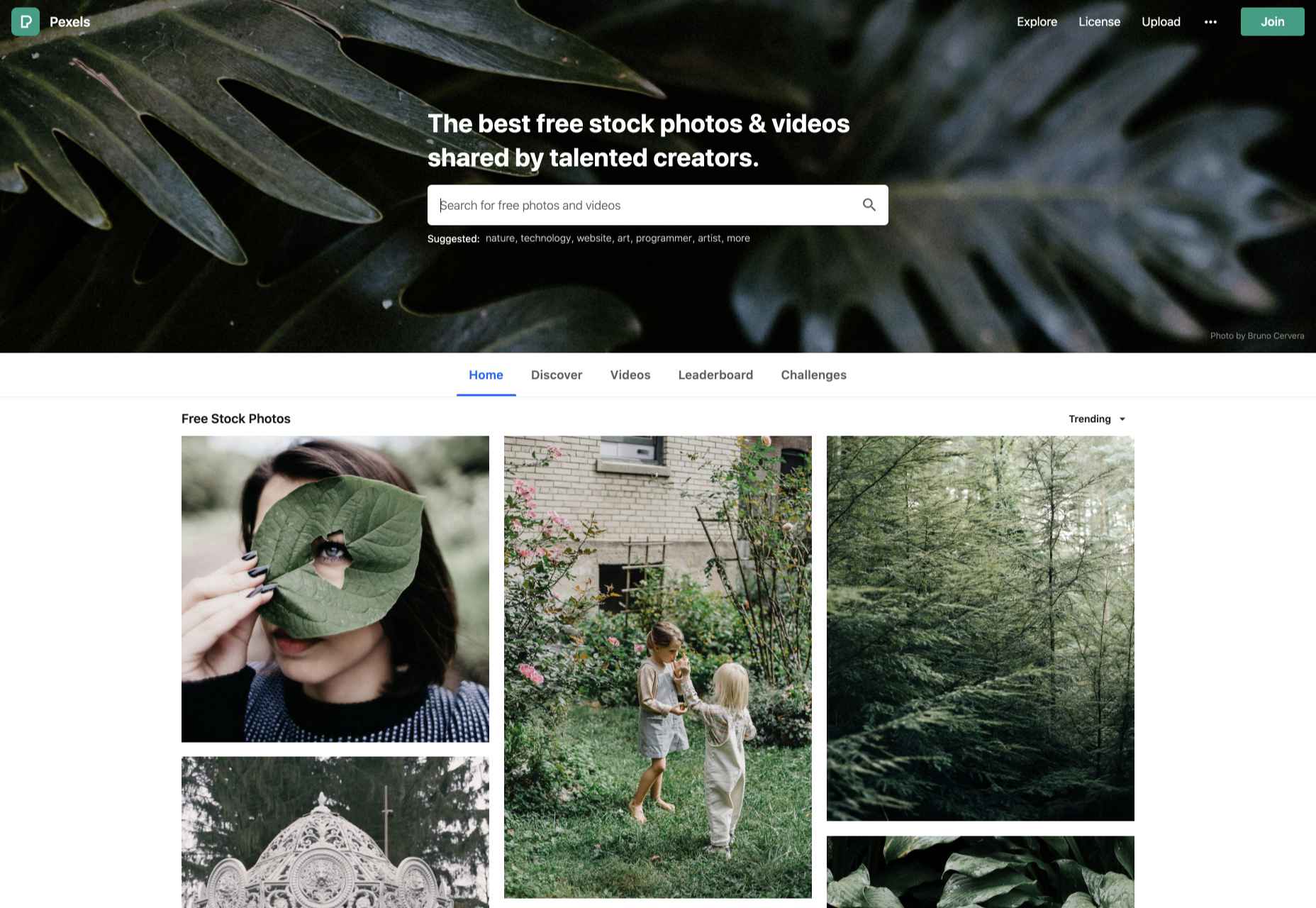
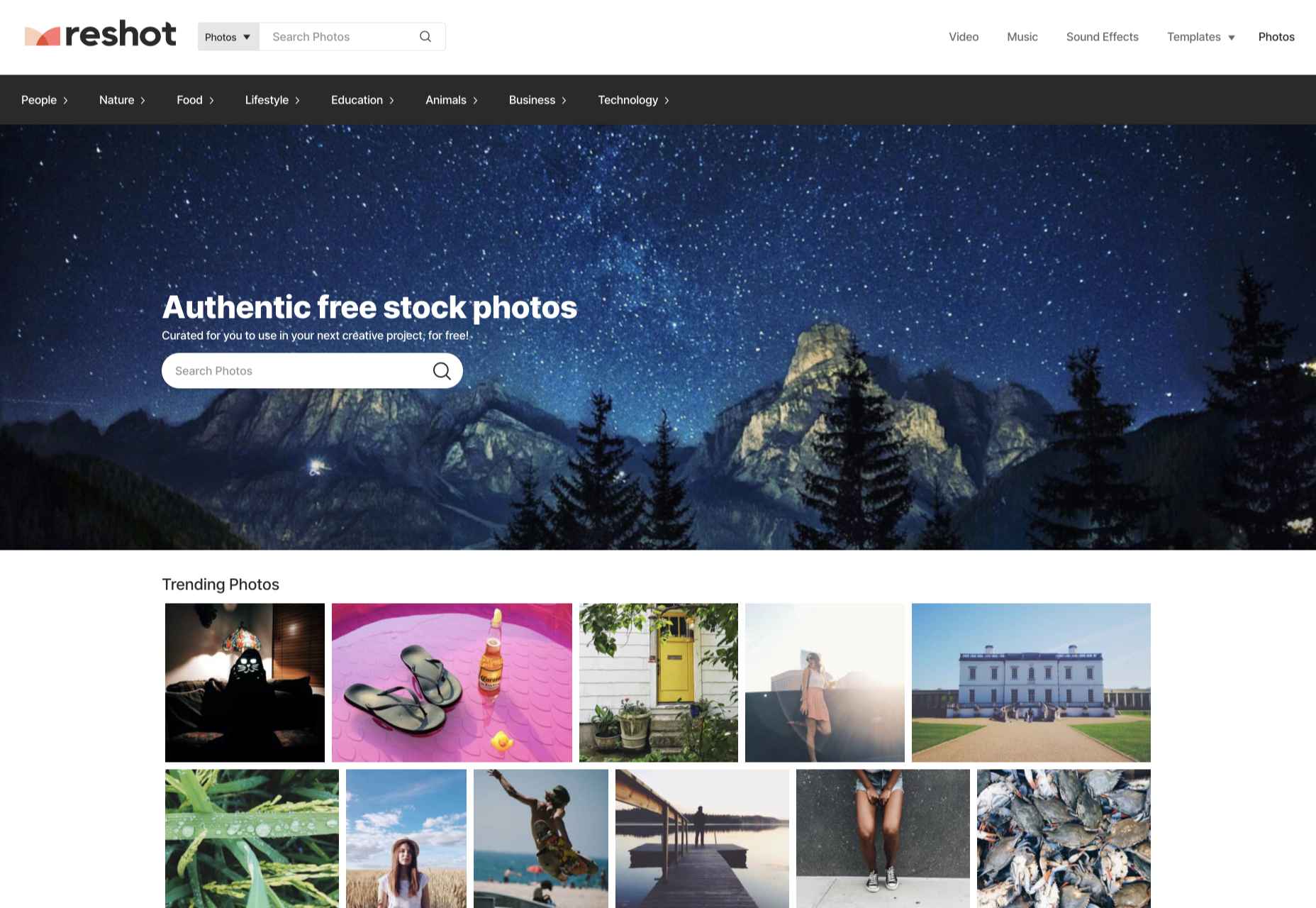
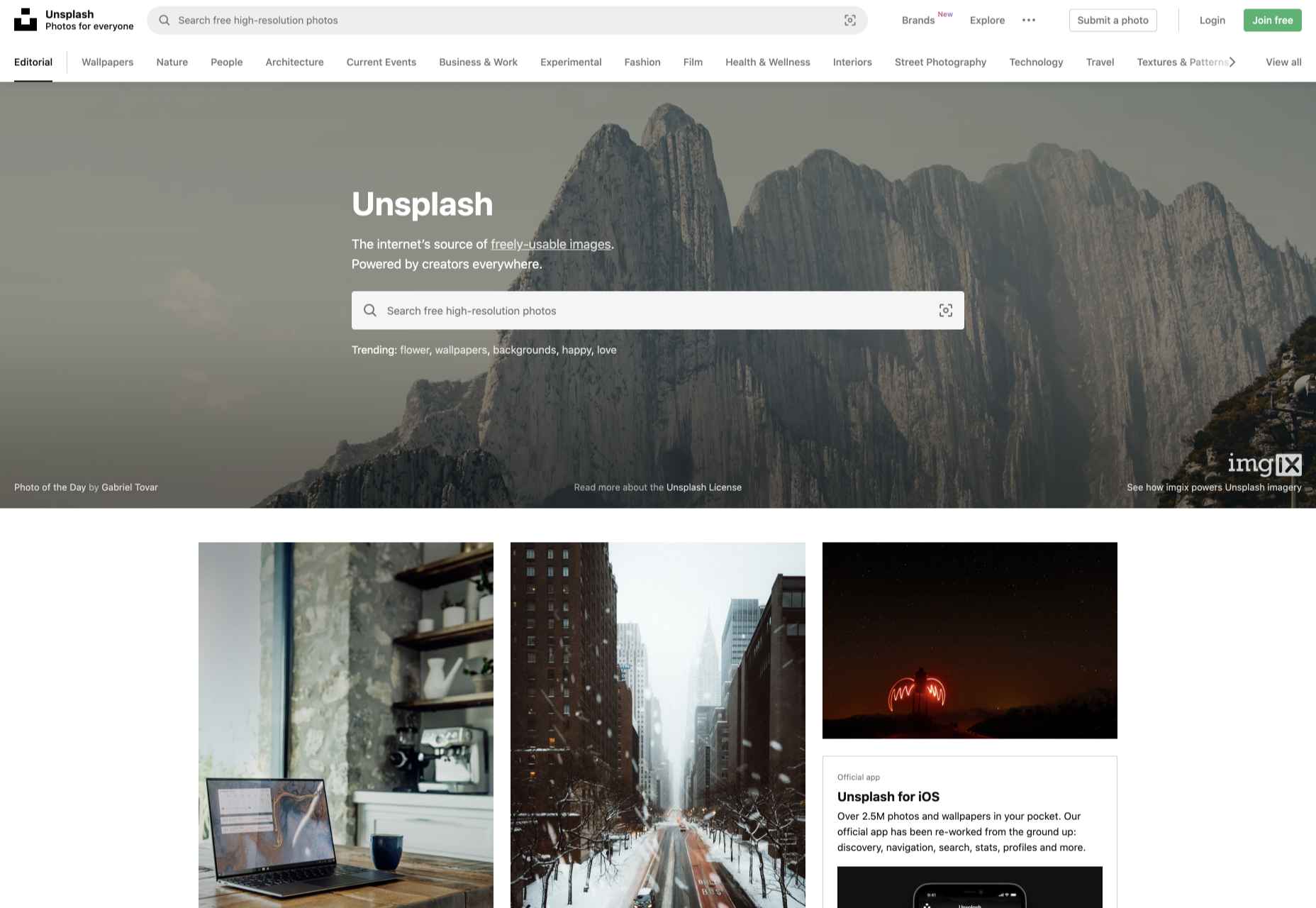
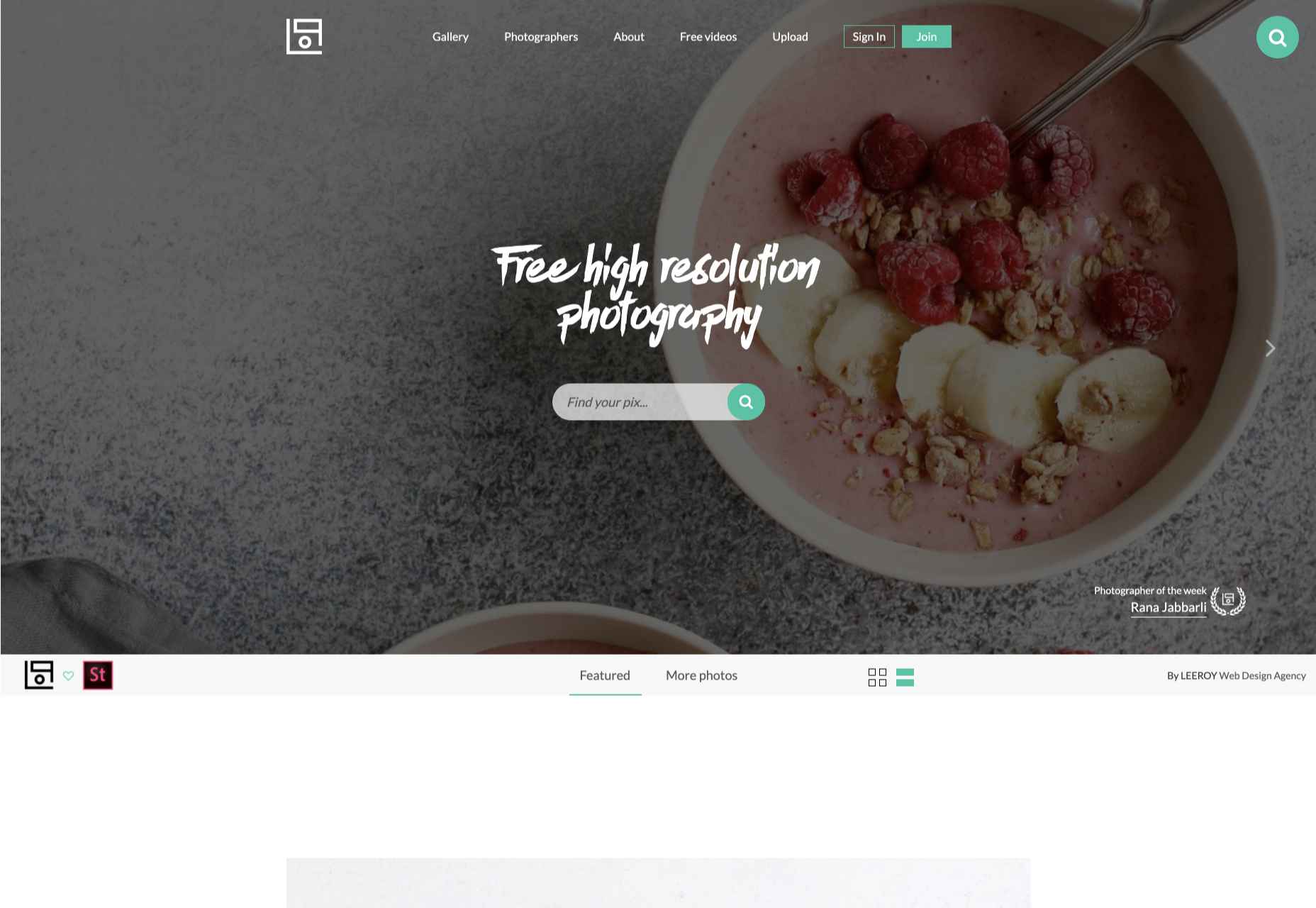
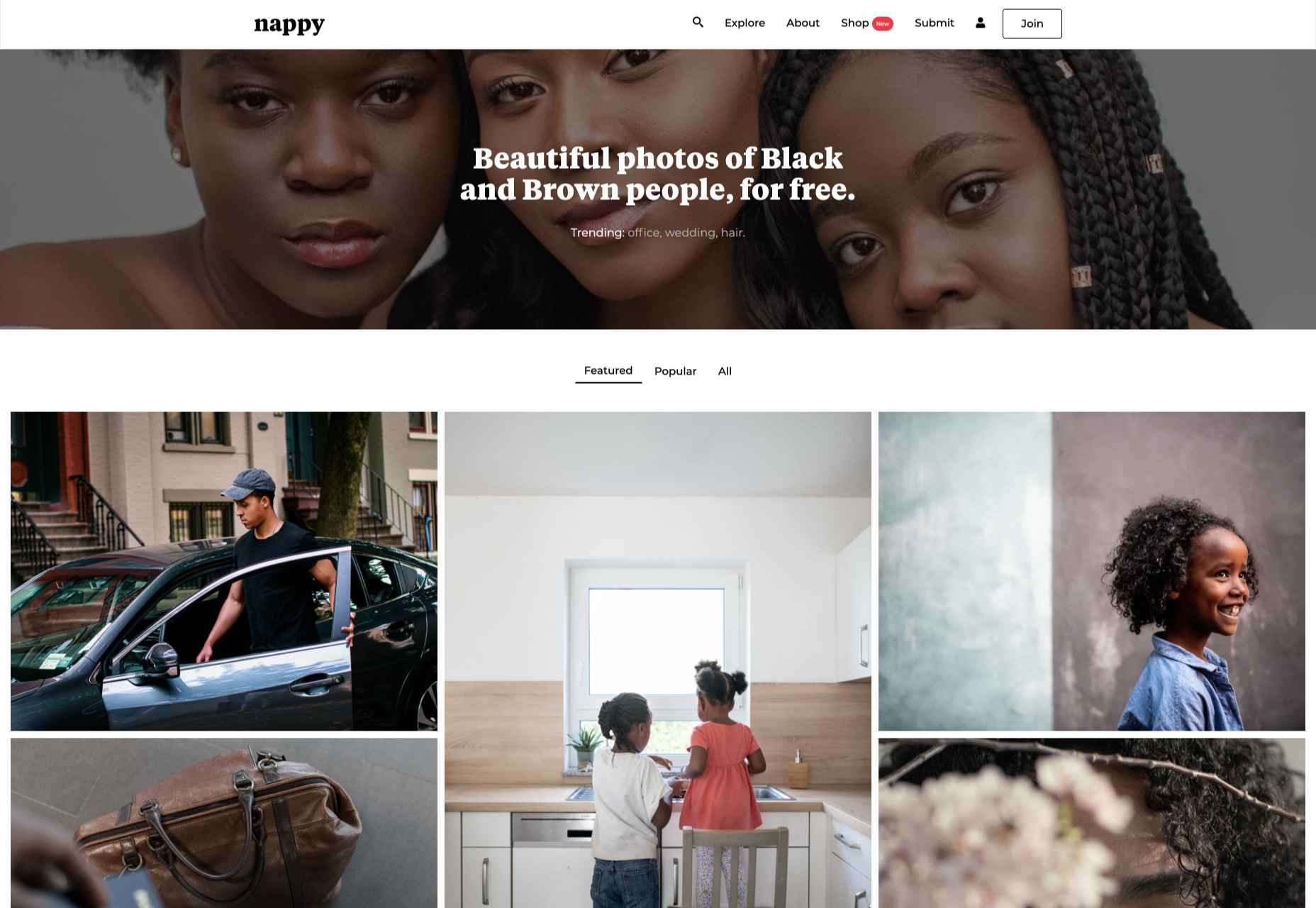
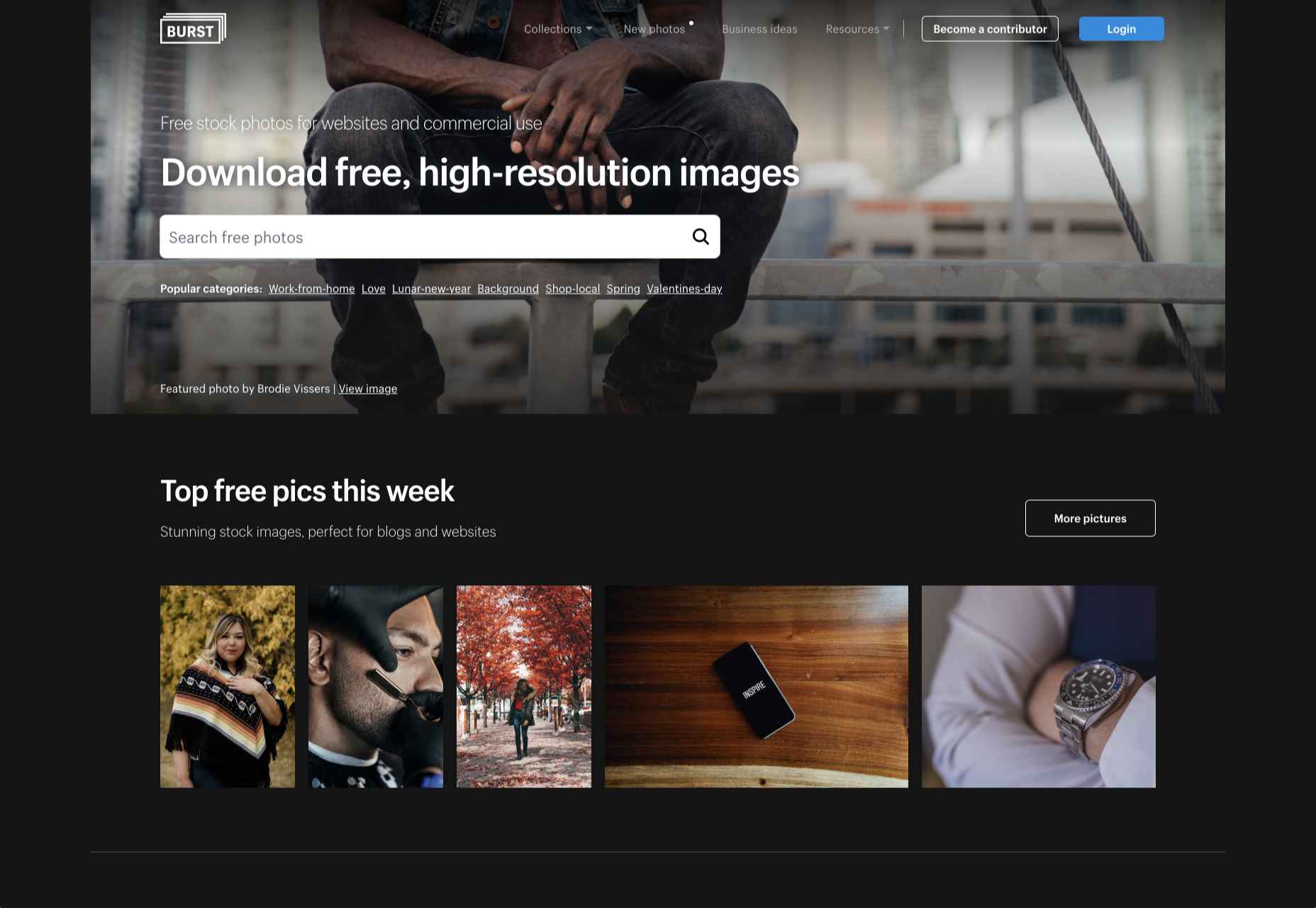
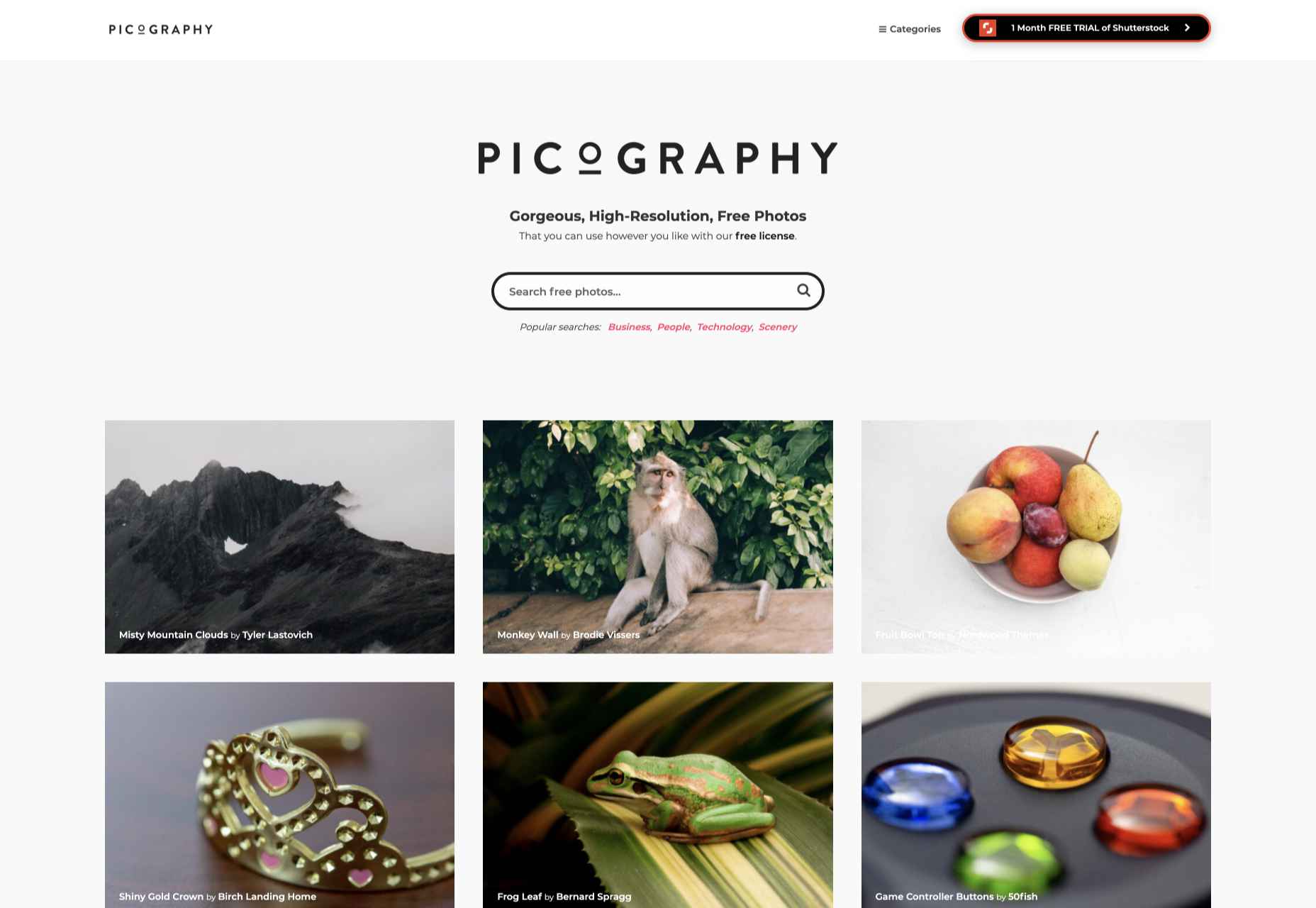
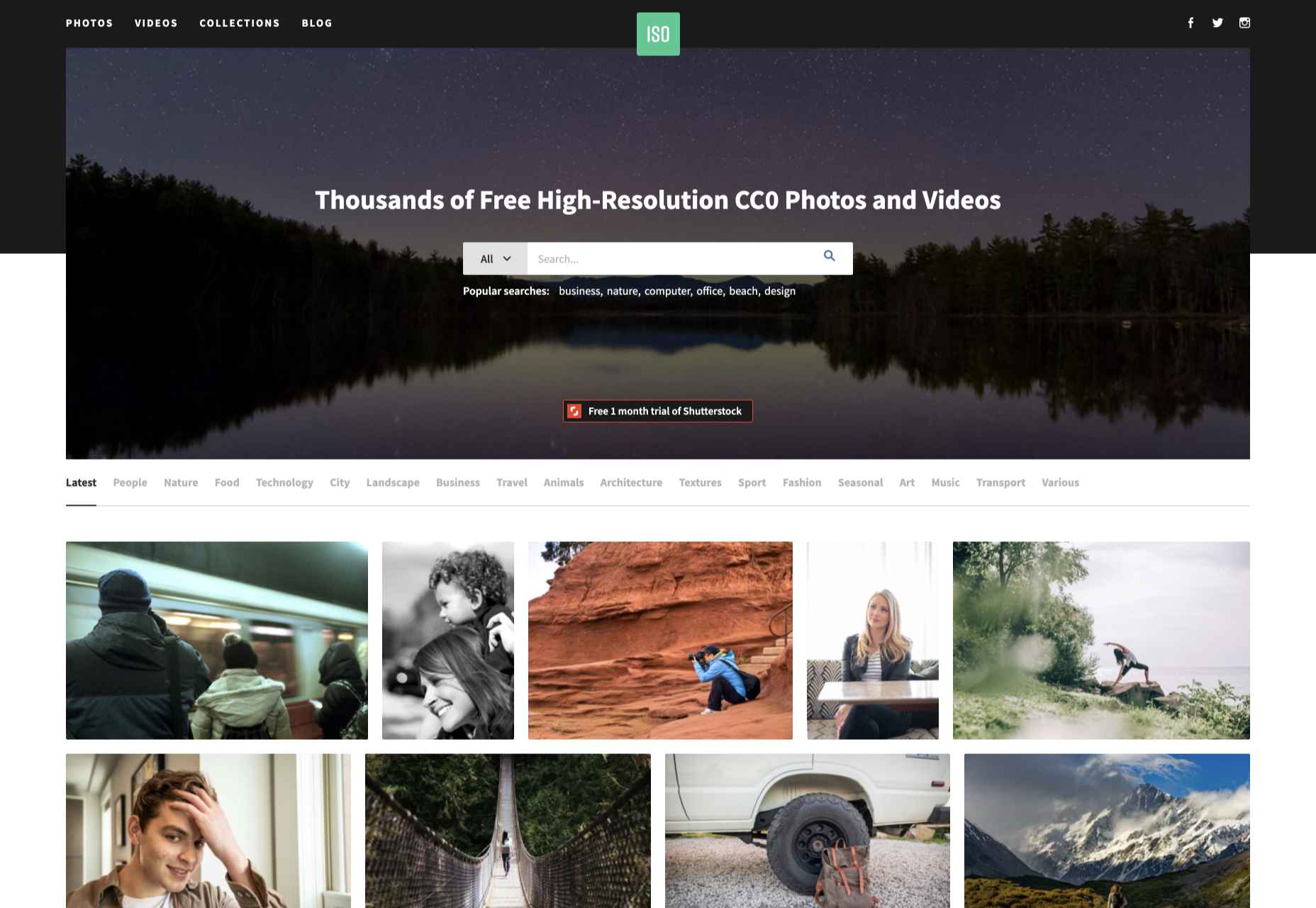
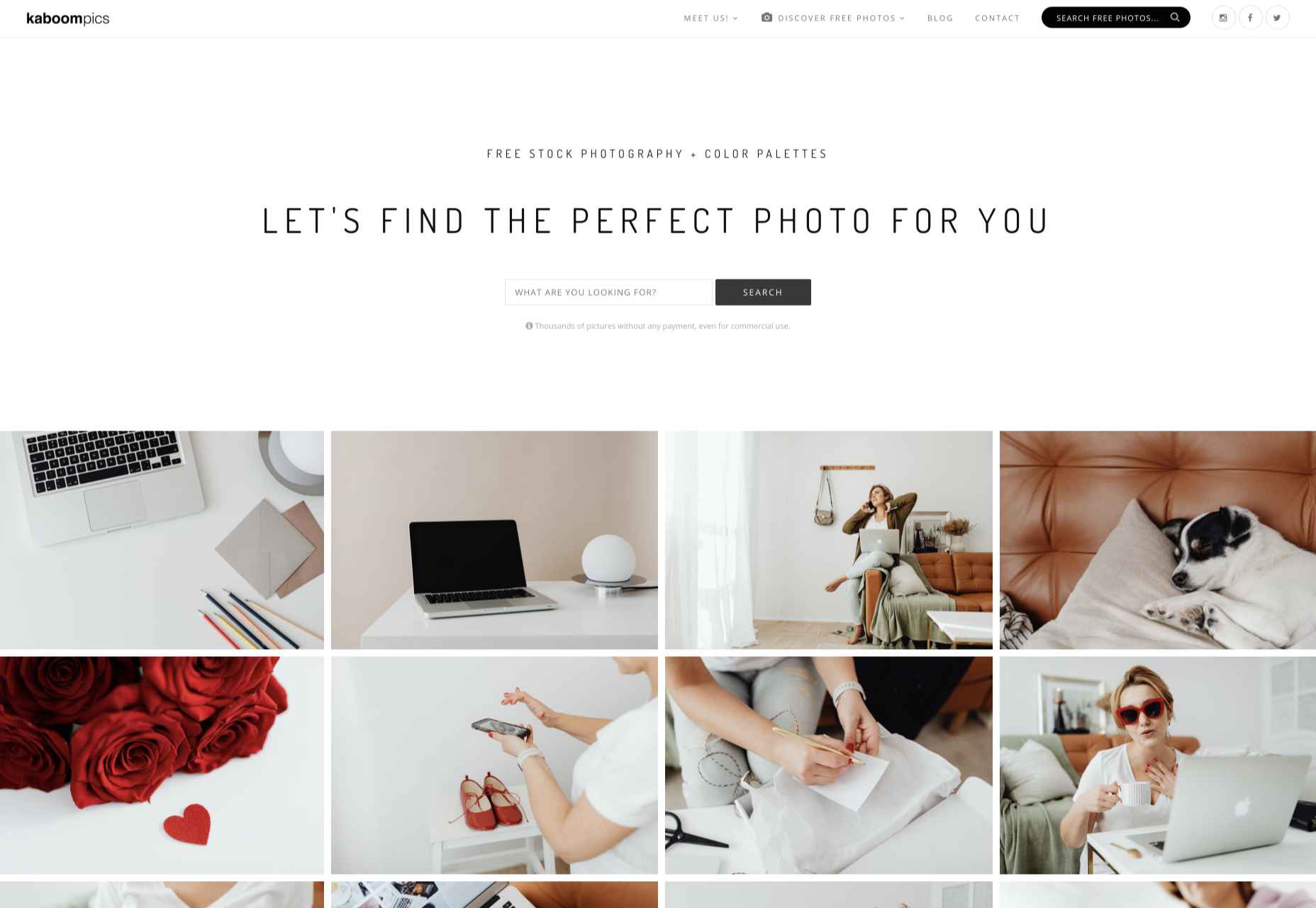
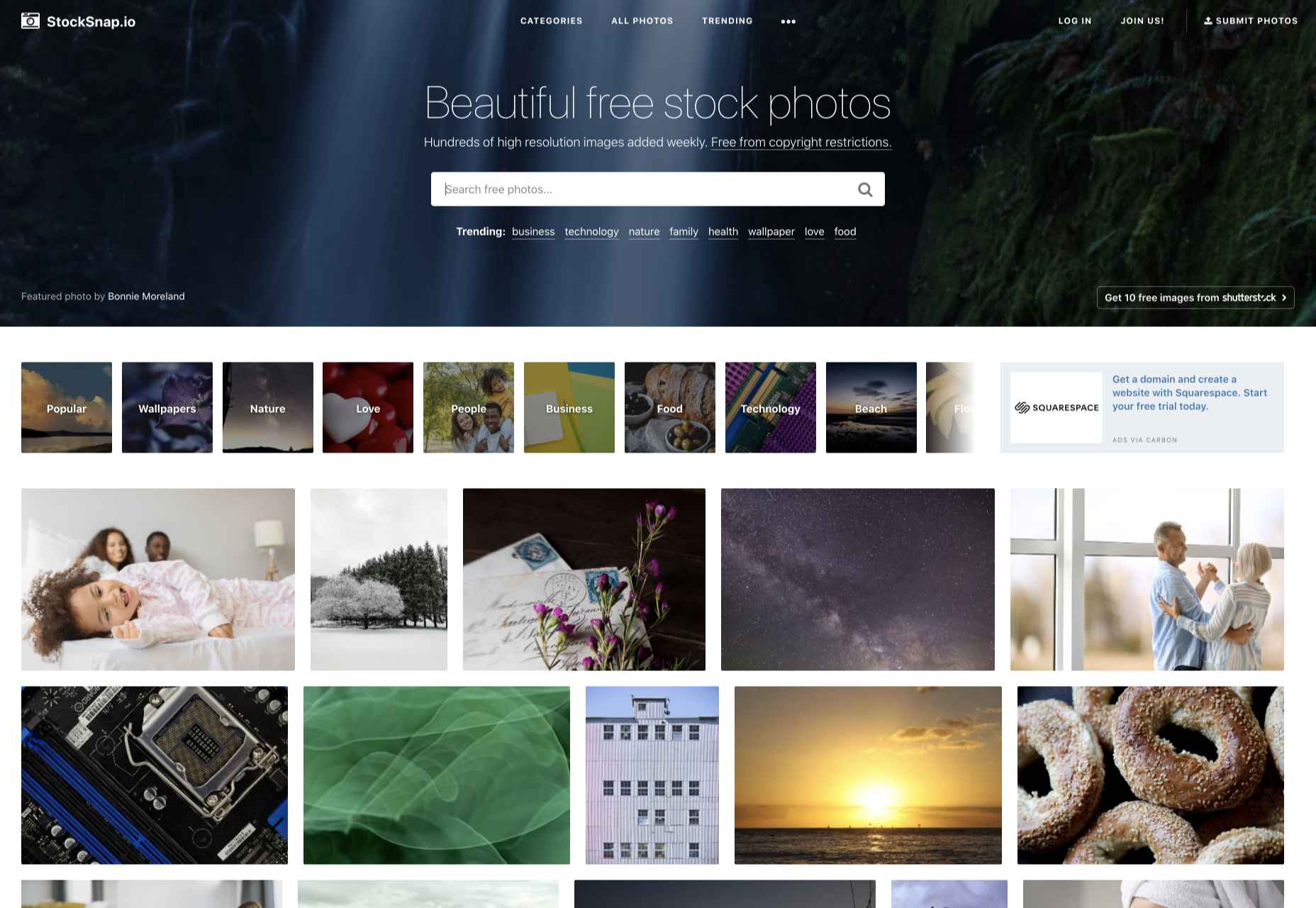

 There are some interesting shake-ups on the horizon for ecommerce: Experiential shopping, Virt-ical worlds, Au naturale models.
There are some interesting shake-ups on the horizon for ecommerce: Experiential shopping, Virt-ical worlds, Au naturale models.